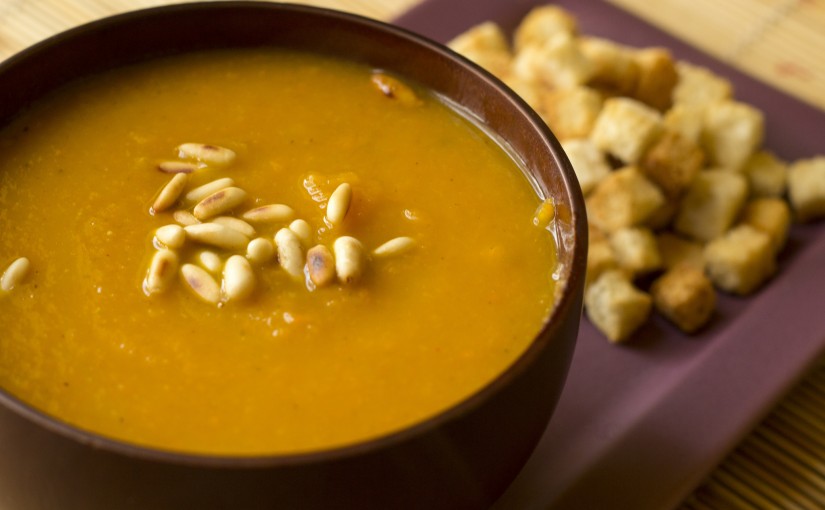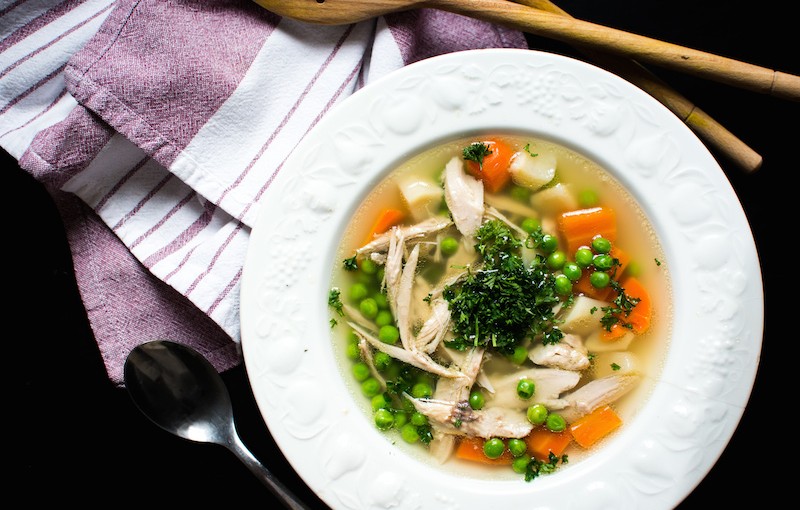Tag: Health and Wellness
-

A Guide to Vegetarianism
The choice to go vegetarian is a personal one. Sometimes it is for medical reasons, sometimes ethical, sometimes both and sometimes neither. Whatever the reasons for your choice to go vegetarian, you The choice to go vegetarian is a personal one. Sometimes it is for medical reasons, sometimes ethical, sometimes both and sometimes neither. Whatever…
-

Fats: The Good, The Bad and The Ugly
Stop! Put down that donut. Unhand that candy bar. Before you take another bite, there are some things about fats you need to know. Did you realize that not all fats are bad for you? Some fats, eaten in the proper proportions can help keep your body healthy. If you did not know this small…
-

Nutrition 101: Getting Started
Going to the supermarket can feel like walking into a car dealership if you are trying to eat nutritiously. Every item on the shelves claims to be nutritious in one way or other, even things that you likely know blatantly are not, such as candy bars and potato chips. Every product is screaming at you…
-

Fainting: When to Seek Medical Advice
If you have fainted before, you know that moment of blackout can be confusing, disorienting or even scary. But how do you know if you need to seek medical advice? Fainting can be an indicator of a serious medial problem. Let’s take a closer look into what fainting is and what it means. What is…
-

Eating for Heart Health
February is National Heart Month, and since it is just around the corner, more and more people have begun to think once again about their own heart health. It is no secret that heart health is very important, but many people often do not know where to get started when it comes to learning about…
-

25 MORE Winter Comfort Food Ideas
Winter is the time of year when everyone wants some comfort food! When the weather gets colder, the wind begins to howl and the snow starts falling, most people want to reach for the kind of food that warms them up from the belly out and makes them feel like they are back at home…
-

Cholesterol: Fact and Fiction
If you ask a random person on the street if they have heard of cholesterol, chances are they have. It is also highly likely that they hold some common ideas concerning this vital compound, its role in the human body, and the damage elevated levels can cause. These ideas are spread so frequently that many…
-

25 Comfort Food Ideas to Get You Through Winter
Sure, we all try to eat healthy most of the time, but sometimes those dark, cold winter days pile up. When that happens, you need that special warmth that only a true comfort food can offer. Here are 25 of our best ideas to munch and enjoy. Click the link for a recipe for each.…
-

10 Ways to Avoid Getting Colds and Flus this Winter
In the winter, the risk for catching a cold or flu skyrockets. With temperatures dropping, stress levels rising and all that extra time hunkered up together indoors, it’s no surprise that we’re all a little more vulnerable. But with the holidays, celebrations, and all the fun to be had in the snow, winter is no…